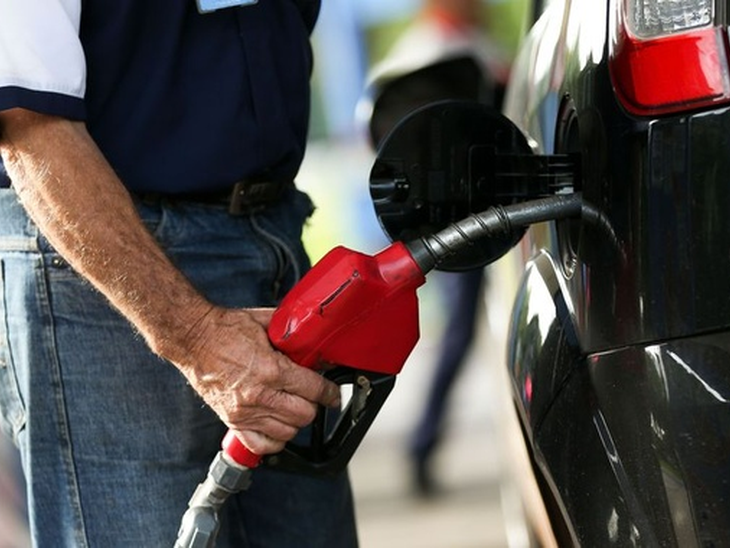Fuel consumption has worst March since 2011, points out ANP
T&B Petroleum/Boletim SCA
07/05/2020 20:10

In the first month of measures to restrict the circulation of people, as a strategy to face the covid-19 pandemic in Brazil, fuel consumption fell 5.3% in March, compared to the same period last year. According to data from the National Petroleum Agency (ANP), 10.645 billion liters were sold last month, the worst March since 2011. The outlook, in the market, is that April, whose data have not yet been consolidated, has been even worse.
Since May 2018, a period marked by the truckers' strike, sales were not so low. With the drop in sales in March, the Brazilian market closed the first quarter with a decrease of 0.6%.
The main negative highlights in March were gasoline and aviation kerosene (QAV), which were strongly impacted by mobility restrictions. The consumption of liquefied petroleum gas (LPG), which is widely used in homes, has benefited from social isolation policies, while diesel, highly demanded by agribusiness, remains on the rise.
According to the ANP, sales of common gasoline fell 13.3% in March, to 2.677 billion liters --- the lowest volume for the month since 2010. In the first quarter, the drop was 2.7%, even derivative having become cheaper.
Hydrous ethanol, in turn, fell 15.7% in March, to 1.478 billion liters, the worst volume for the month since 2018. In the quarter, there was a 3.6% drop in the sale of biofuel.
The contraction of QAV consumption was 28.9% in March, in the annual comparison, and 10.8% in the first quarter. The volume sold last month, 426 million liters, was the lowest for March since 2007.
Diesel and LPG consumption goes up
In the opposite direction, in the case of diesel, whose consumption is more tied to industrial activities and transportation of agricultural production, the market continued to grow during March. Derivative sales grew 3.4% in the month and 2.5% in the first quarter. In all, 4.71 billion liters of fuel were sold in the previous month.
Still within the positive highlights, LPG sales grew 11.8% in March, to 1.177 billion liters, and 5% in the first three months of the year. Fuel is widely used in the kitchens of families and has benefited from social isolation measures.
The consumption of fuel oil, which is closely linked to thermoelectric plants and the industry, in turn, decreased by 6.7% in March. Derivative sales were already down. So much so that, in the quarter, the accumulated drop was 9.8%.
The ANP also recorded falls in consumption of aviation gasoline (-21.7%) and illuminating kerosene (-18.7%) in March.
Price reduction
The drop in demand for fuels in the domestic market accelerated the process of reducing prices at the pump for ethanol, gasoline and diesel. According to data from the ANP, from March to April, gasoline prices to the final consumer fell 10.01%, while diesel prices dropped 10.36%. According to LCA Consultores' IPCA projections, the falls were 9.32% and 8.16%, respectively. Both by the ANP and by the LCA projections, the price of alcohol fell the most, with a decrease of 13.67% and 15.45%, respectively.
Fabio Romão, an economist at LCA, says that since the beginning of the year Petrobras has already been reducing fuel prices, but this effect took time to appear in the sale to the final consumer. The social isolation resulting from the pandemic, however, caused a drop in demand, which was reflected in prices.
The values practiced are, therefore, explains Romão, the result of the drop in oil prices in the international market and the slowdown in the domestic market. The appreciation of the exchange rate in the period pushed up prices, but the effect of the fall in oil prices prevailed.
The drop in fuel for vehicles is expected to have a major influence on the IPCA in April, May and June. LCA projects deflation for the second quarter.



